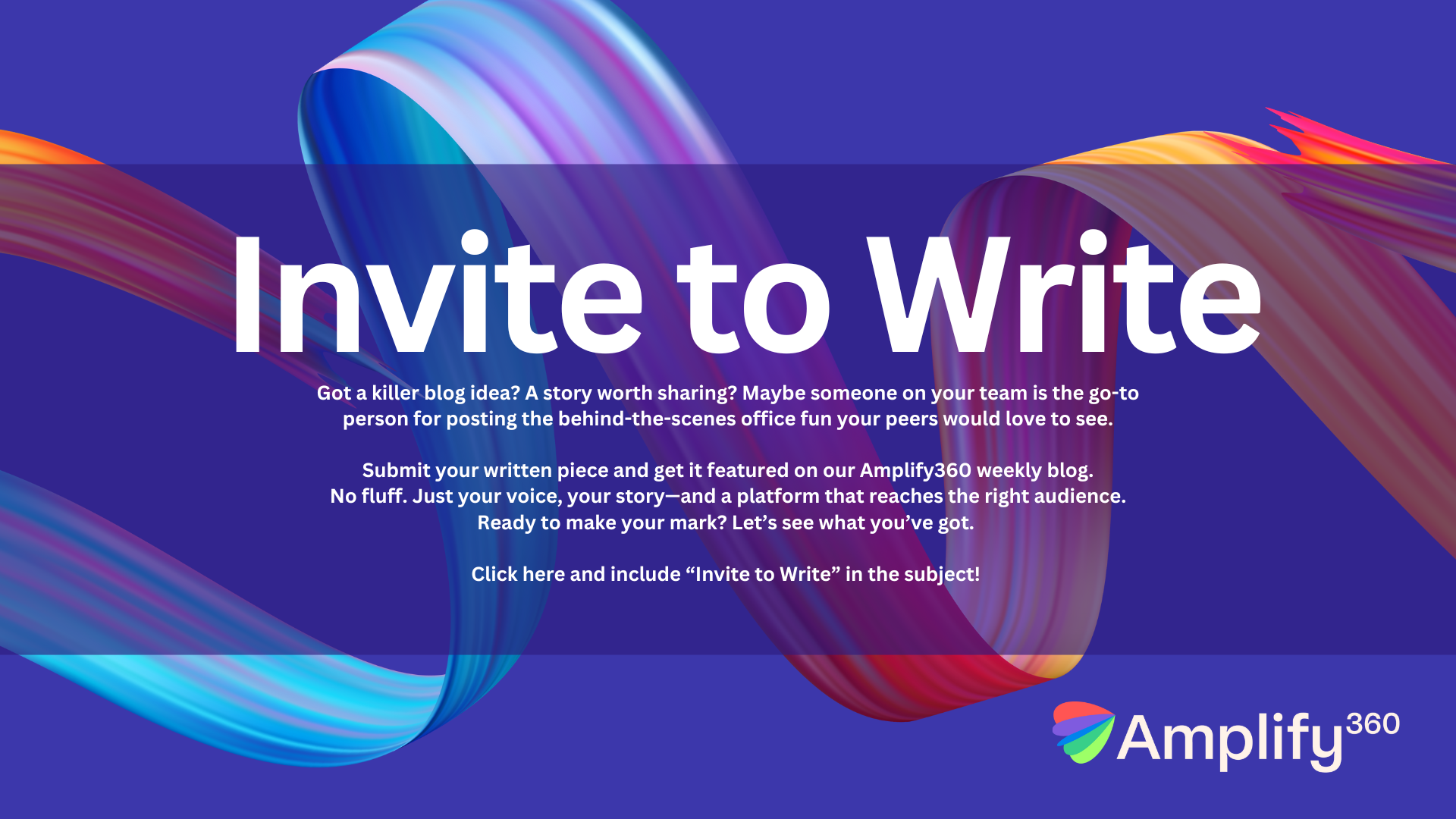April 23, 2025
When we're in the midst of economic uncertainty, patient hesitation becomes the norm—especially in healthcare. Dental practices across the country are seeing more patients delay or decline treatment due to financial worries, job insecurity, or general anxiety about the future. However, avoiding dental care often leads to worsening conditions, higher costs down the line, and decreased overall health. For dental professionals, it's critical to bridge that gap and help patients confidently move forward with needed treatment.
The good news? With the right approach, dentists can turn hesitant patients into committed ones—without pressuring or compromising trust. It starts with empathy, education, and clear communication.
🎧Want to listen for some more insight? Check it out here! 🎧


1. Lead with Empathy and Transparency
Patients are more likely to say "yes" when they feel heard and understood. Acknowledge their financial concerns with compassion rather than pushing for immediate decisions. Then, shift the conversation to value and necessity.
Reassure patients that they're not alone in their concerns.
Use phrases like "I completely understand how you're feeling right now" or "Many patients are feeling uncertain—let's look at the best options for you."
Frame treatment plans as part of a long-term investment in their health, rather than a short-term expense.
2. Use Visual Aids and Clear Explanations
In tough economic times, patients want to know exactly what they're paying for and why it matters. Take the time to explain diagnoses and procedures clearly, using visuals and analogies they can understand.
Show intraoral photos or digital scans to highlight areas of concern.
Compare untreated dental issues to problems that worsen over time, like ignoring a leaky roof.
Break down treatment into stages so patients don't feel overwhelmed by cost or complexity.
3. Offer Flexible Payment Options
Affordability is one of the top barriers to treatment acceptance, especially during economic downturns. Offering flexible solutions can remove that obstacle entirely.
According to the ADA Health Policy Institute, 28% of adults reported cost as the main reason for delaying dental care.
(Source: ADA HPI, 2023)
Partner with third-party financing solutions like CareCredit or offer in-house membership plans.
Present payment options before the patient asks—it builds trust and confidence.
Highlight any discounts for prepaid packages or bundled services, especially for families.
4. Focus on Preventive Value and Cost Savings
Prevention is more affordable than restoration—but many patients don't realize that until it's too late. Help them see the cost-saving benefits of early action.
Explain how delaying care can lead to more invasive, expensive procedures down the line.
Provide examples of patients who saved time and money by acting early.
Use conservative language like, "Let's take care of this now so you don't have to worry about it later."
5. Build Long-Term Relationships, Not Just Transactions
In a shaky economy, loyalty is everything. Patients who feel supported and respected—especially during uncertain times—are more likely to return, refer others, and trust your recommendations.
Follow up personally with hesitant patients to check in and answer questions.
Send educational resources or videos to reinforce the importance of treatment.
Celebrate small wins with patients to reinforce positive momentum (like completing a cleaning or the first phase of treatment).
6. Use Digital Communication to Stay Top of Mind
Sometimes patients delay treatment simply because it's not top of mind. Stay visible through smart, educational, and value-driven communication.
Send regular newsletters or text messages with oral health tips and patient testimonials.
Promote success stories of patients who overcame hesitation and saw great results.
Offer limited-time promotions or educational webinars during slower economic periods.
Final Thoughts: Empathy + Education = Empowered Patients
Patients don't want to say no to care—they just need the right information and support to say yes. By combining empathy with education and clear value-driven communication, you can help patients overcome hesitation and take the next step toward better health. In doing so, you don't just protect your bottom line—you become a trusted healthcare partner your patients rely on, no matter what the economy looks like.
🎧Want to listen for some more insight? Check it out here! 🎧



